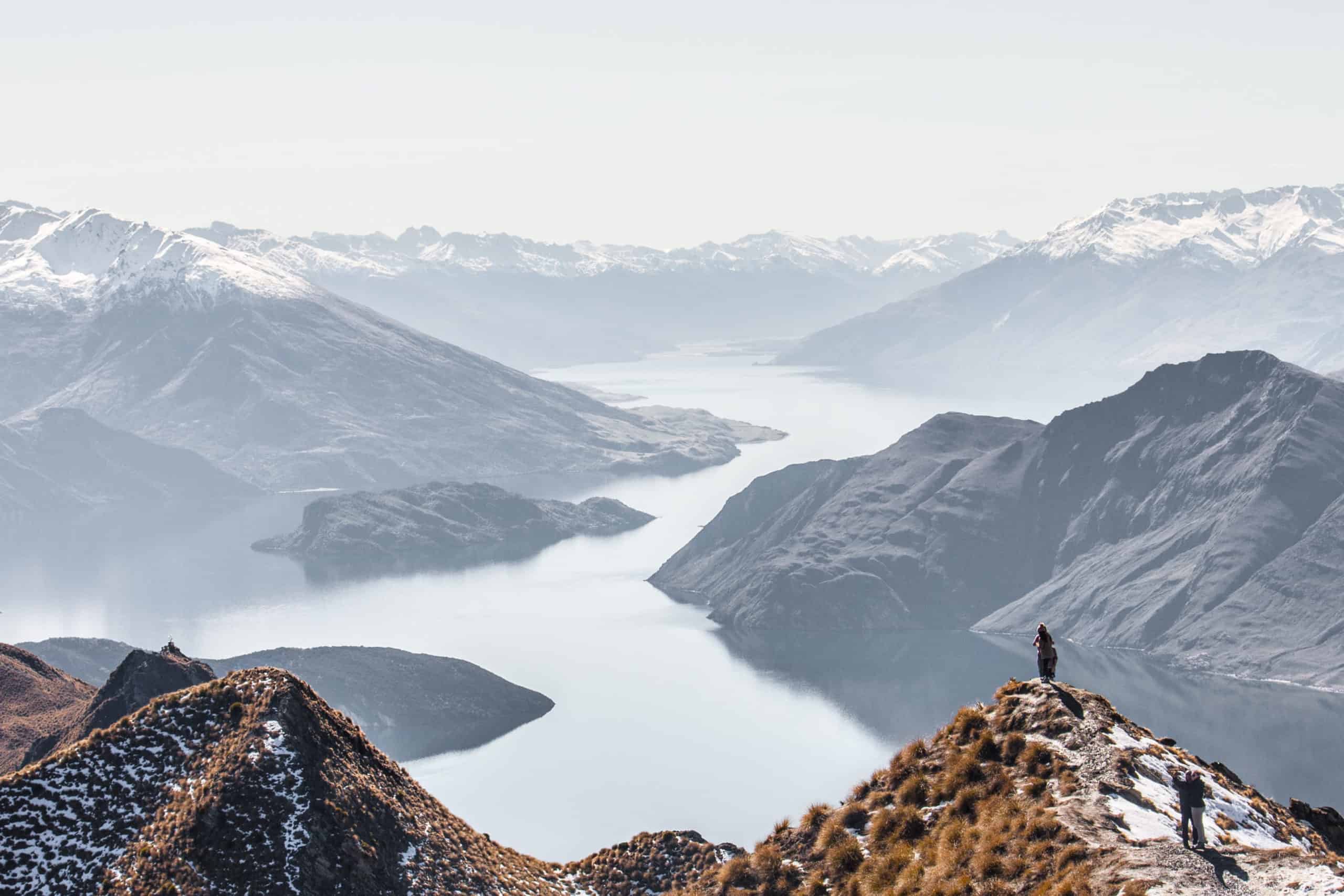New Zealand has a wide variety of activities and weather for everyone to enjoy. So planning what to pack can be difficult for everyone who visits, which is why having a checklist can be helpful.
The best way to pack for New Zealand is to pack a wide variety of clothing options that will allow you to adapt as needed. This can be weather-based or just activity-based, but it is best to over-prepare when visiting so you can fully enjoy your time.
Overall, your packing list will depend on what you are going to be doing. However, even knowing your plans can still be difficult when you have never visited the country before. Keep reading for a complete checklist of what to pack for New Zealand.
What to Pack for New Zealand
When packing, you should have at least an idea of your trip itinerary and your activity plans. New Zealand is full of surprises, so you might be going with the intent of lounging on the beach, but you want to be prepared in case the opportunity to hit the mountains comes up.
When visiting New Zealand, it may be better to over-prepare than to not have everything you need to enjoy the country fully. One of the best ways to prepare is to start by reading and watching travel guides, like the video below by TourRadar.
Clothing
Start packing your clothes by laying out just the basics. The goal is to fill your suitcase with items you know you will use. However, there are some pieces that you should pack for any surprise scenarios.
Shirts
Here, variety is key. You don’t need to have multiple options for each kind of shirt, especially if you’re trying to save space. But, again, preparation is key, so having one of these will allow you to be comfortable with whatever you’re doing.
T-Shirts
A trip to New Zealand is usually action-packed, so t-shirts are a great option. The amount of clothing may depend on the length of your trip, but three to five shirts will usually work.
Finding activewear T-shirts is fairly simple, but one of my favorites is usually t-shirts made from a Natural Merino Wool Fabric. They are highly comfortable, breathable and you can use them for a variety of activities for days without stinking, as you do with regular cotton.
These t-shirts also dry fairly quickly and don’t look too much like activewear, so they’re good transition pieces to go from day to night.
Long-Sleeved Shirts
While T-shirts are the most recommended item, you will also want to make sure you bring along at least one long sleeve shirt. This is true even in the summertime, as you never know if plans are going to change. They are great for layering as well, to keep you warm. With Long Sleeve Shirts, I also highly recommend merino wool.
Tank Tops
Tank tops are great and perfect for layering up when you aren’t sure whether it will be hot or cold. These can be interchangeable with T-shirts, so if you prefer tank tops, then you may want to bring more of these rather than T-shirts. However, this can also be true if you would rather wear T-shirts over a tank top.
Pants
Like shirts, the variety of pants you bring will most likely depend on your personal preference. Some of us like to let our legs breathe, so pants aren’t an option. But for activities like hiking, you will want to keep your legs covered. It is best to plan for multiple situations, so at least bring a couple of pairs of pants.
Jeans
Jeans are perfect if you decide to dress up. Jeans are the ideal choice for casual meals, as well as visiting the more metropolitan areas.
Hiking Pants
Most people who visit New Zealand plan to spend at least some time hiking, so pants are a must for that. New Zealand areas may require you to have a pair of pants that can hold up to some rough situations, like rugged terrain and water.
Some of the best hiking pants are quick-dry options that are much more comfortable than jeans or leggings. A good pair to look into is Rdruko Hiking Pants for men and these Rdruko Hiking Pants for women. I highly recommend them due to their comfort. And in colder weather, you can always layer up.
Leggings
Some people prefer leggings for hiking, as they may find that they allow for more movement. However, even if you don’t plan on wearing them while hiking, there are still plenty of other activities that you may find it easier to throw on some leggings.
Many people enjoy renting a bike for the day, which is the perfect time to pull out your leggings for more comfort. Also, yoga or even casual exploring are events that warrant a comfy pair of leggings.
Second Layer
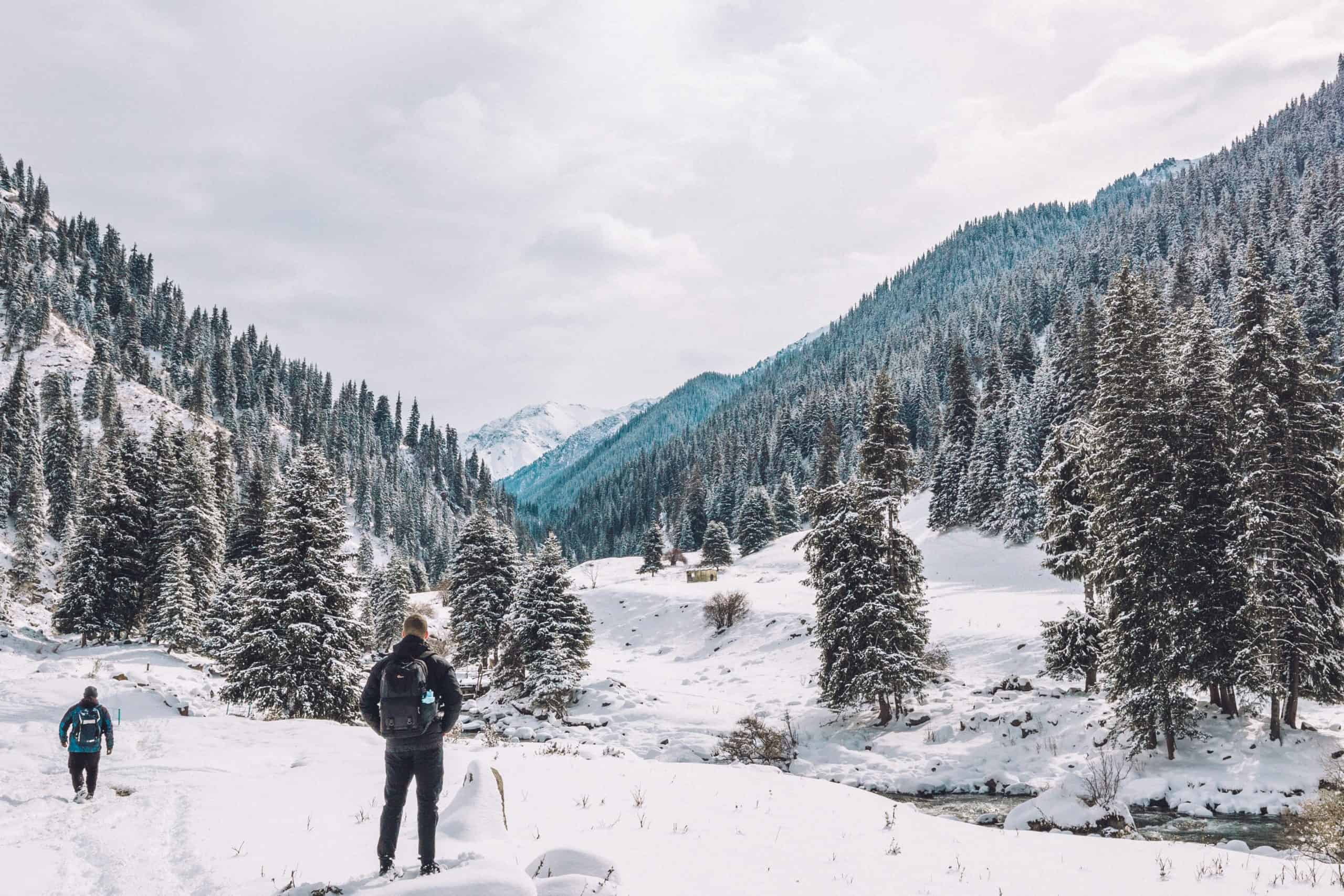
This section is specifically for those items that allow you to add layers to your pre-existing clothing. These are perfect for New Zealand due to the varying temperatures, and you never know if you’ll want to add or remove a layer.
Jacket
If you plan to visit New Zealand in the winter, then a jacket or layering is a must. You’ll need well-insulated to hold up to any extreme temperatures and weather. Or if layering, you’ll need a base layer, second-layer, and an outer layer. This is especially true if you plan to go skiing or do anything in the mountains for that matter.
Another thing to note is that you should also consider bringing along a waterproof jacket or rain jacket if you’re doing layering. New Zealand can get rainy in some seasons, so you can never go wrong with bringing along a waterproof layer to allow for more protection.
Rain gear – I suggest:
Columbia Men’s Watertight Ii Rain Jacket
Columbia Women’s Arcadia II Rain Jacket
Warm fleece or jacket (keeps you warm for cool days/nights, or if layering):
Columbia Women’s Benton Springs Full-Zip Fleece Jacket for women
Columbia Men’s Steens Mountain Full-Zip 2.0 Fleece for men
Cardigan
This is the perfect option for days that aren’t cold enough for a jacket but don’t allow you only to wear your shirt. This can also be a good option if you want something that can also be used to dress up for a nicer dinner. A cardigan may also be preferable over a jacket if you are looking to leave one option behind.
When I say this, this is strict if you know that you are not planning on spending any time in the snow or somewhere cold enough for a jacket. In this case, you will still want to bring an extra layer since you can’t be sure that New Zealand will be chillier than you expect. However, you may be okay with just bringing a lighter layer along rather than a bulky jacket.
Hoodie
This is like the cardigan since it is the perfect option to replace a jacket if you don’t feel cold enough to wear one. In this case, it may be best to bring both If you are unsure where you will be spending most of your time. This will depend on your preferences, but most people prefer bringing more hoodies over cardigans due to them fitting the active options more.
Shoes
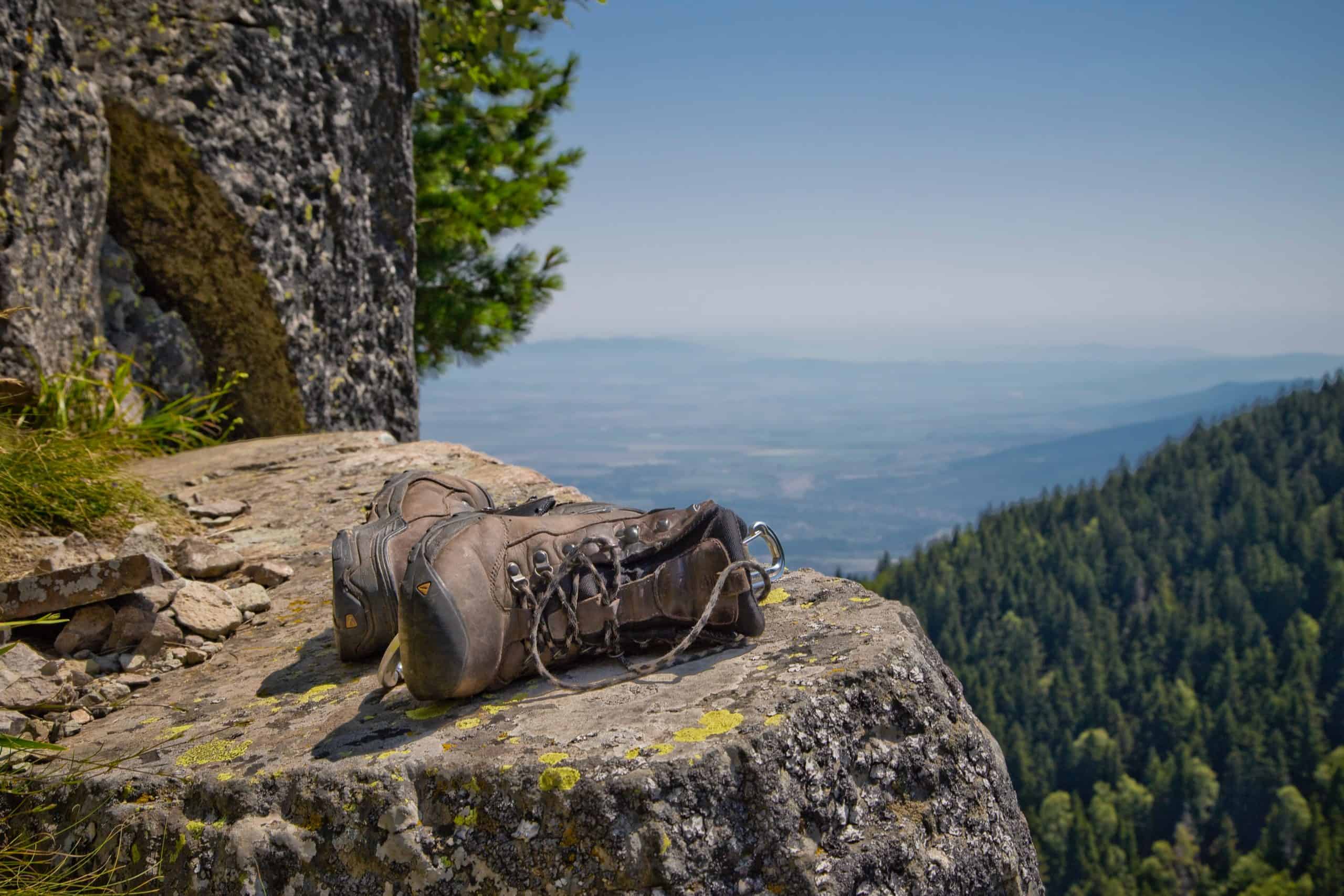
This is most likely going to be the hardest item to pack, as it does tend to take up the most room. You will most likely find that you will want to bring more shoes than you’d like, but I’ll make sure to go through the pairs you may want to bring specifically.
Hiking Shoes
If you are planning on hiking while in New Zealand, then this will most likely be one of your most important pieces of equipment. Finding a good pair of hiking shoes can help you enjoy your trip much more than if you wear the wrong ones. Wearing the wrong shoes for hiking can cause pain and food issues that may affect the plans for the rest of your trip.
Good hiking shoes or hiking boots can last you a long time and allow you to explore even more while keeping your feet in good shape. Do not settle for style over comfort when you are hiking in New Zealand.
Below are my recommendations:
Boots:
Columbia Women’s Newton Ridge Plus Waterproof Hiking Boot for women
Columbia Men’s Newton Ridge Plus Ii Waterproof Hiking Boot for men.
Shoes:
New Balance Men’s Fresh Foam Hierro V5 Trail Running Shoe for men
New Balance Women’s Fresh Foam Hierro V5 Trail Running Shoe for women
Sandals
Sandals are the best option if you plan to spend time on the beach or by the lake. You may even want to consider bringing along a pair if you are hiking to a body of water, in case you want to take a dip. In this case, you may need to consider finding a good pair of water shoes that can withstand rough handling.
You can also wear sandals in more active situations. I recommend Chaco’s. One of the most popular styles is the ZX2 Classic Athletic Sandal for women and Z2 Classic Sport Sandal for men, which are waterproof shoes with a thick rubber base that comfortably hugs your foot. They are the perfect mixture of sandal and hiking shoes for anyone looking for something perfect, like exploring waterfalls.
Dress Shoes
It may be hard to validate bringing along nice shoes if you are already struggling to fit everything, but it may very well be worth it. They don’t need to be the nicest pair you own, just a pair that you can dress up or down as needed. These are perfect if you are unsure if you plan on being in town or going out for drinks and dinner.
Other Clothing Items
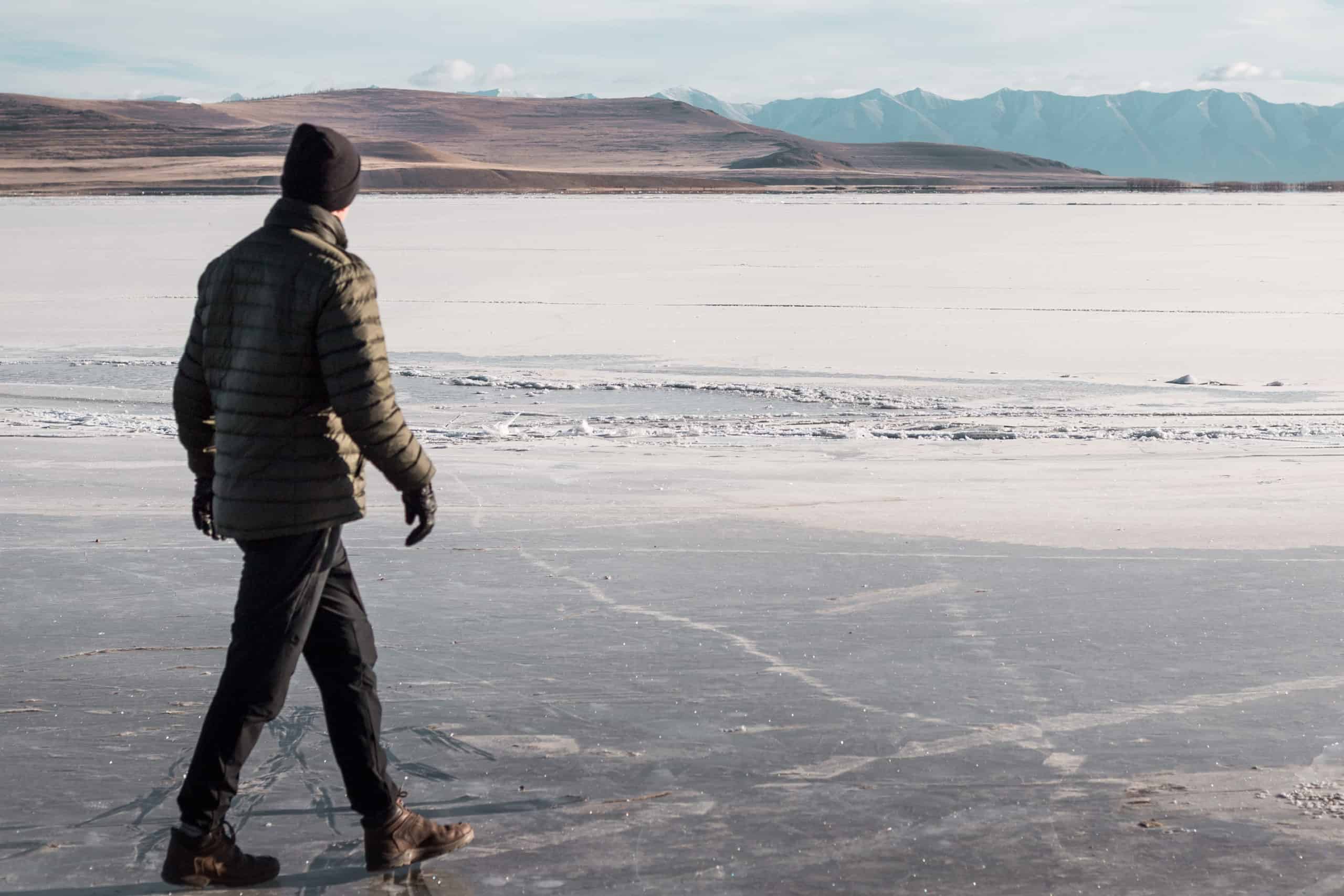
This is for items that may either be an absolute necessity or something that you should consider depending on your plans during the trip. You’ll never be sorry you overpacked.
Undergarments
This can be bras, underwear, or even socks. These are all items that you will need to bring. Make sure to be aware of what activities you are doing, as you may want to consider bringing socks that are good for hiking. You may even want to bring multiple pairs in case they do get wet.
Along with these thoughts, if you know you’ll be spending some time in a colder area, you should bring warm Socks. Even if you aren’t sure, it is a good idea to bring at least one pair for security.
For bras, be sure to bring both a sports bra and normal wire ones. You may find yourself wearing sports bras more often, but having a nicer one around is always good if you aren’t sure if you plan to spend a day around town dressed nicer.
If you’re pinched for space, consider doing a little laundry on your trip. Hopefully, you’re staying somewhere with a sink, and in that case, you can handwash small items. Just pack a little bottle of laundry soap. You’ll need to factor in drying time, but it’s well worth it if you’re on the verge of running out of underpants or socks.
Hat and Gloves
These can either be hats and gloves to keep you warm or even a hat and gloves for hiking. Specifically, having a hat is a good idea to help keep the sun out of your eyes and even protect your face if you have spent too much time in it.
Your head is one of the top places that heat will escape, so you will want to wear a warm hat to prevent this from occurring if you plan to be there during a colder time. Like all other items, it may be best to bring a warm hat and gloves along.
Swim Suit
If you plan to spend any time next to the lake or beach, then a swimsuit is required. You may even want to consider bringing one along if you will be hiking to a waterfall. This could be a good opportunity to get changed into your swimsuit and have a unique experience enjoying the falls.
Be sure to pack a Wet Bag, especially if you’re going to be moving from location to location. Tossing a wet swimsuit in your luggage is never a good plan.
Dress Clothing
This can mean a dress, a skirt, a nicer shirt, or a pair of pants. Bringing a few nicer items is always a good idea, as you may decide you’d like to spend the day in the city or even venture to a wine tasting. New Zealand has so many options to enjoy that it is always smart to prepare for any surprises.
Toiletries
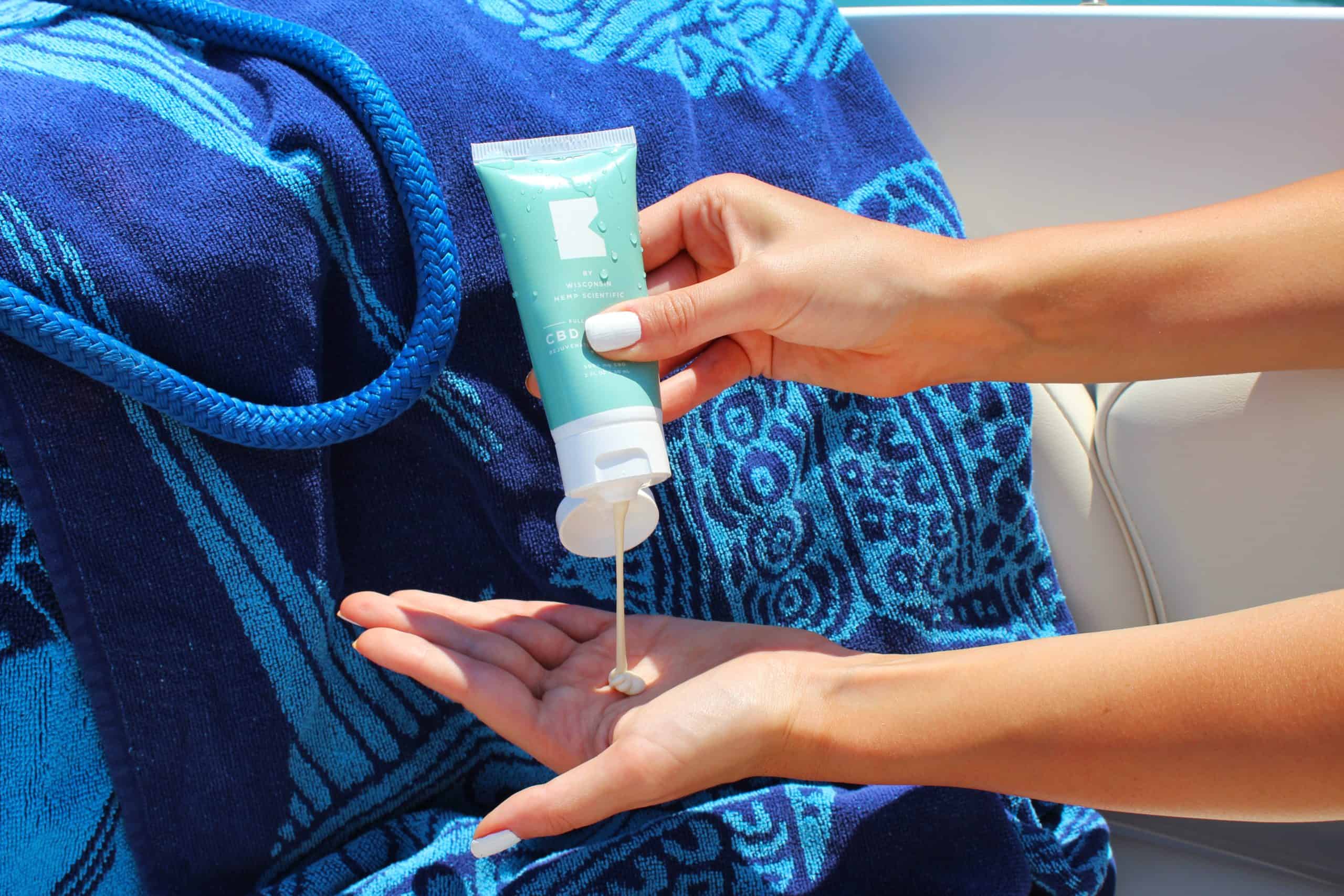
The next items on the list below are your toiletries. These tend to be somewhat similar to what you would bring on most trips, but it is always better to be prepared and aware of what you will need to plan on bringing.
- Sun Block: This is one of the most important items that people forget, don’t let a sunburn ruin your trip.
- Insect Repellent: This is highly important in certain areas of the country, as mosquitoes can get overwhelming.
- Lip Balm and Moisturizer: These may seem small, but the small things can make those small issues go away and make the whole trip better.
- Shampoo and Conditioner: While some hotels or Airbnb have travel-sized options, your own will make you feel much more comfortable.
- Soap: After a day of hiking, you will be grateful you remembered to bring some decent soap.
- Toothbrush and Toothpaste: Dental hygiene is always important, no matter where you are.
- Travel Towel: This is especially smart for when you plan on hiking, or even if you want to have an extra towel in your room.
- Motion Sickness Pills: This is specifically a good idea if you plan to enjoy the ferry or go on a dolphin-watching tour.
- Medicine: This can include any medication you usually take or stuff for headaches or overall body pain.
- Jet Lag Relief: This may be the perfect item to consider after the long flight so you don’t have to waste any time recovering from jet lag.
- First Aid Kit: It is better to have a small kit ready in case of any minor injuries that require a simple fix.
Electronics
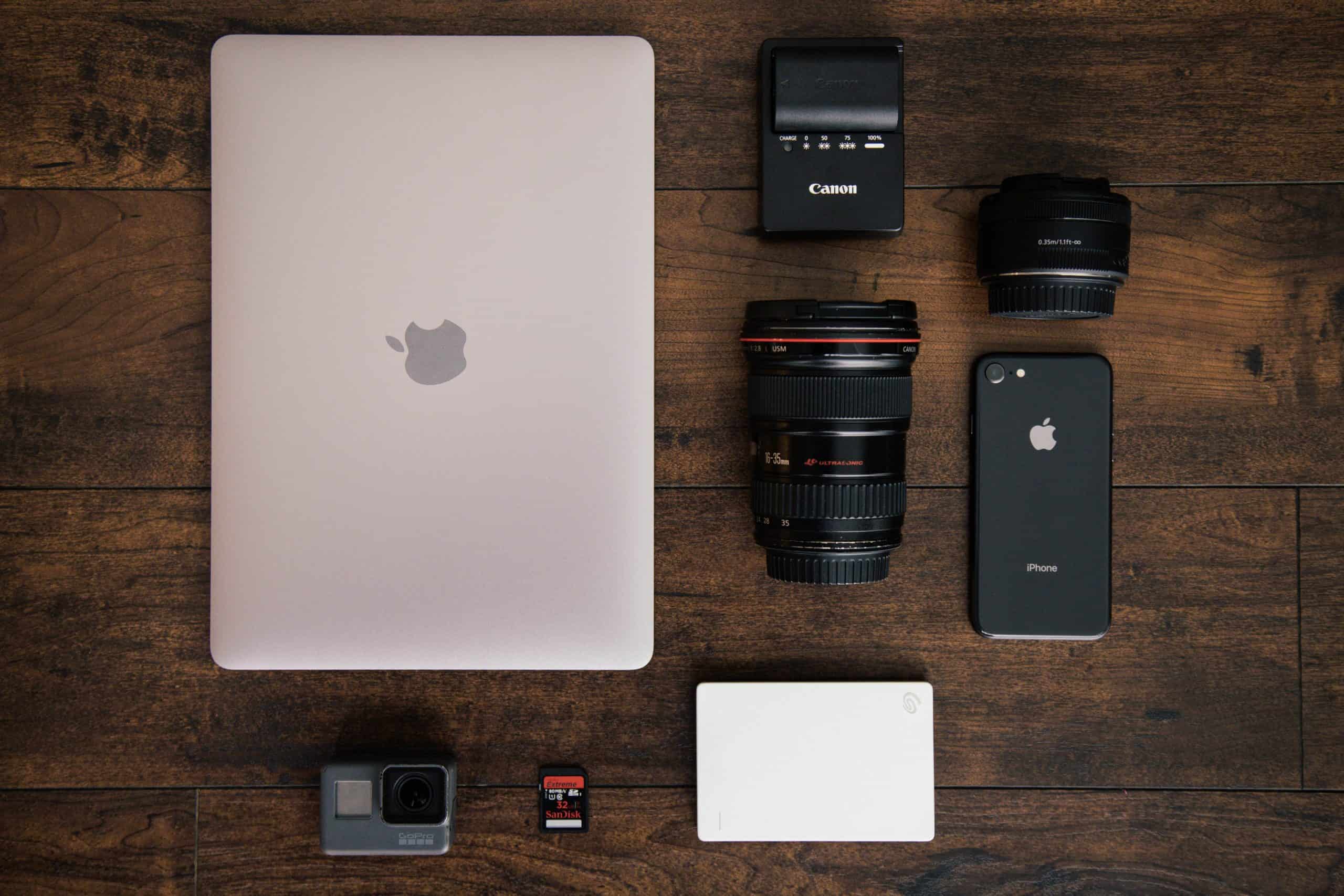
Everyone has those few electronics they can’t leave home without. Here are a few essentials to consider, and although they’re not required, they can help enhance your trip.
- Phone: As I mentioned, as long as you have a phone, you will still cell service, capture any moments, or find any location. Consider investing in a waterproof phone case or pouch. This will allow you to feel secure about your phone remaining undamaged at any time.
- Chargers: This may seem like a small item, but I tend to forget my charger all of the time. I also highly recommend bringing a Power Bank if you will be using your phone a lot throughout the day. Otherwise, you may find your battery drained quickly. This happens quickly if you’re using your GPS.
- Travel Adapter: New Zealand uses the same plugs as Australia, so you may need to invest in an adapter so you can plug in your devices. Be aware you get one that converts the power to your equipment’s level, as most outlets run at 230 volts while a standard U.S. outlet is around 140 volts.
- Camera: If you have a camera, you will most definitely want to bring one along to capture the country’s beauty. I highly recommend Panasonic Lumix LX100 II
- Headphones: This can be helpful for the plane ride or even just commuting from each destination.
- GoPro: If you own a GoPro, you will want to bring it along on this trip to capture everything.
Other Equipment to Consider
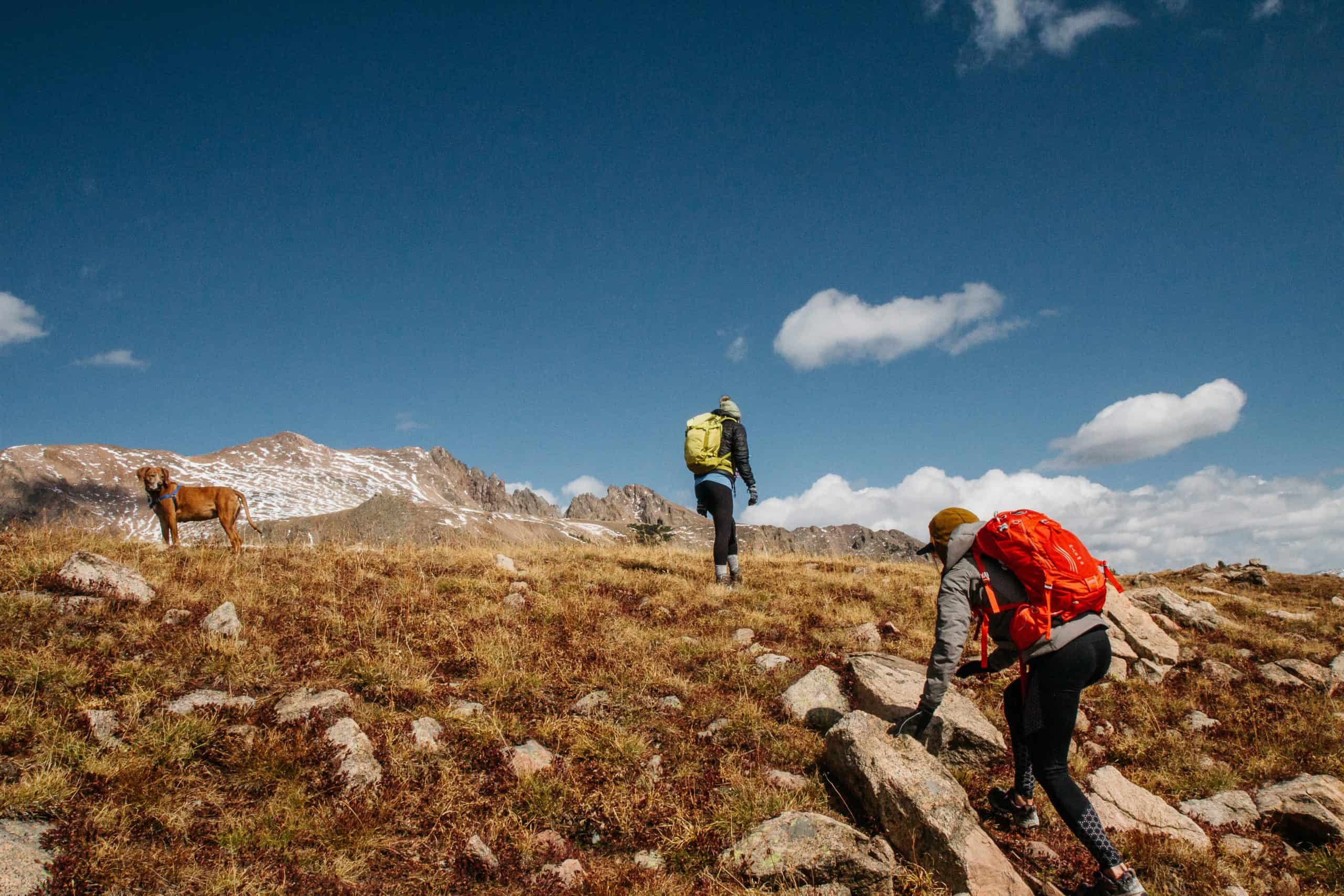
Outside of the basic items you should consider, there are also a few that you may be interested in bringing along to make your trip easier. These aren’t necessarily required, but most people find that some of these items can be super helpful when visiting.
- Hiking Poles: The collapsible hiking poles I linked are great for packing and super helpful for long hikes on icy slopes.
- Flashlight: While phones do have flashlights, you should always bring a standard one just in case.
- Backpack: These are great for hikes or even just a day in town, and you can use it as a carryon as well when boarding your plane.
- Water Bottle: The water bottle I linked has a built-in filter, that allows you to always be sure that you can find water no matter where you are. The water filter removes bacteria and protozoa from streams, lakes, etc. to ensure safe drinking water.
What to Consider When Packing
Before you begin packing for your trip to New Zealand, it is important to consider your trip overall. This will usually influence what types of clothing, shoes, or gear you may need to bring along. Being prepared can help give you the best experience while visiting a new country.
Activities
When planning what you are going to be bringing, it will highly depend on what activities you will be doing while in the country. Since New Zealand has a wide variety of options, this tends to vary for everyone.
If you are sticking to outdoor activities, make sure to bring plenty of clothing and gear to match those scenarios. It is also important to consider bringing at least one nice outfit, as it is always fun to spend a day in town or have a nice dinner.
Weather
This is most likely going to be one of the biggest influences when considering your packing list. You may even find that it can change your activities plan, which would, in turn, change what you are planning to wear or do overall.
Keep in mind that New Zealand has a wide variety of weather, which depends on the season you choose to visit. This is why it is important to know what you want to do prior to visiting, as this will also decide when you will be going and what you’ll bring.
Seasons
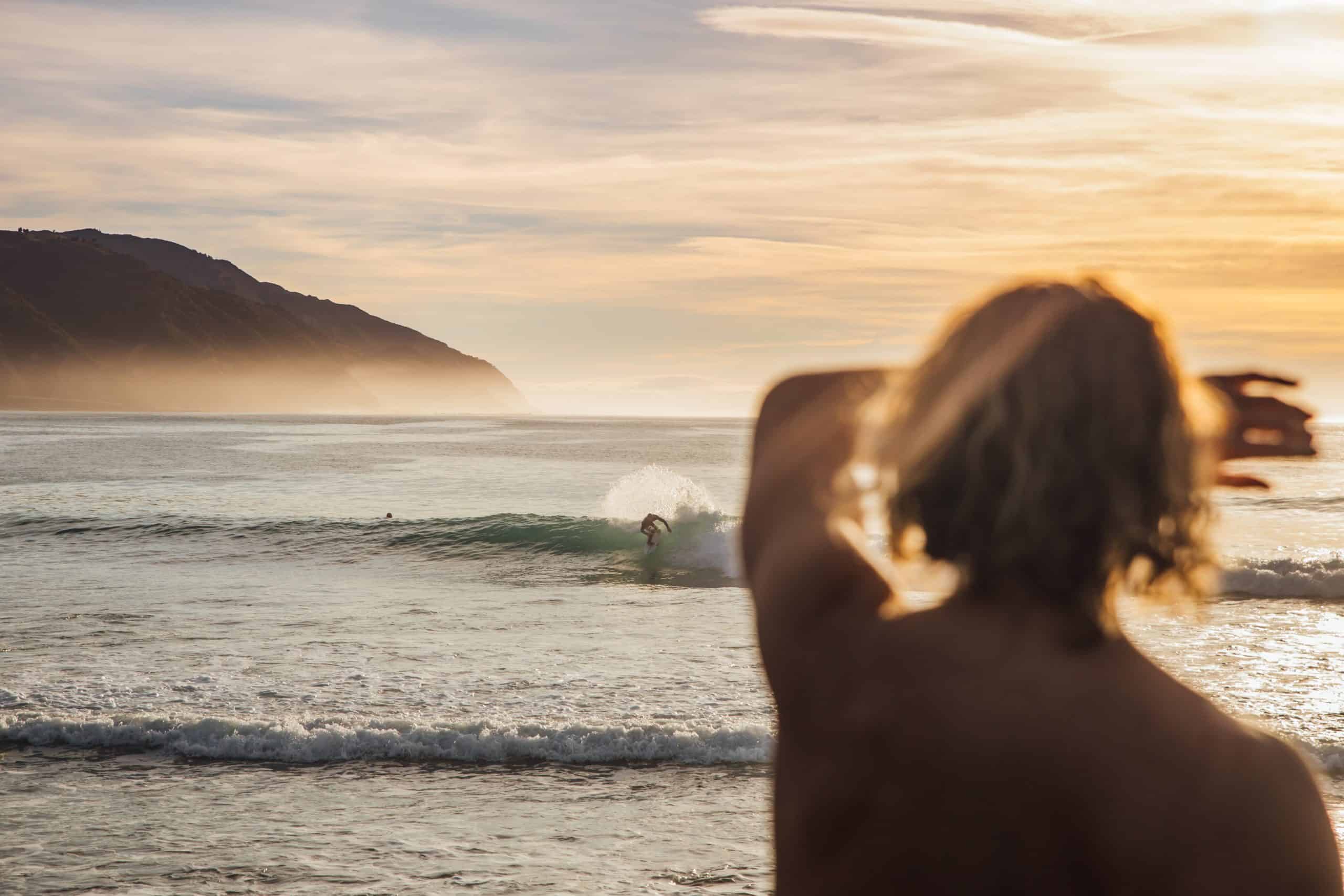
As I mentioned, New Zealand has a variety of weather, which may differ from what you are used to at home. So you may want to visit during your summer, but that does not necessarily mean that you would be visiting during their summer.
Summer
Summer in New Zealand tends to last from December to February and can range from 70 to 90 degrees Fahrenheit. For most countries, this would be during winter, making it an ideal time to visit to escape the cold of winter. This is also the perfect time to visit the beach and enjoy some of the summer activities New Zealand has to offer.
Autumn
Autumn lasts from March to May and is known as the most neutral weather overall. Usually, New Zealand in the autumn ranges from 45 to 70 degrees Fahrenheit, which allows for the perfect time to enjoy long days by hiking or other similar outdoor activities.
Winter
Winter in New Zealand varies depending on where you are planning to visit in New Zealand, but it does last from June to August. This is typically when summer is occurring in other countries, so it is important to note that it will not be summer in New Zealand, as you may expect.
The North Island will usually have more rain, while the South Island will be drier and colder. Along with this, there will be snow, which can be a great opportunity if you are interested in skiing. Just be aware the further south you venture, the colder it will be.
Spring
Spring in New Zealand is from September to November and is a great time to explore a freshly bloomed environment. This may not be warm enough to enjoy the beach, but it is the perfect time to explore the country and enjoy the fresh atmosphere.
Length of Your Stay
When I say that your stay’s length will affect the items you bring, this mostly means the quantity. It could also mean that you have more time to do different activities around the country, which would require you to bring a wider variety of items.
Another way you could take this is to plan to stay longer than a week or two. This could mean a few months, even when you would need to start considering the season’s changing and if you will need to dress accordingly.
In Conclusion
New Zealand is a beautiful country that allows you to experience a wide variety of activities. However, it cannot be easy to know what you may want to bring due to how many options you have once you arrive.
While it is best to plan according to the activities you know you’ll enjoy, it is never a bad idea to bring along anything that may help in case of a spontaneous change in plans. Getting to enjoy the country fully may require you to pack slightly more than you normally would, but it is well worth it.

